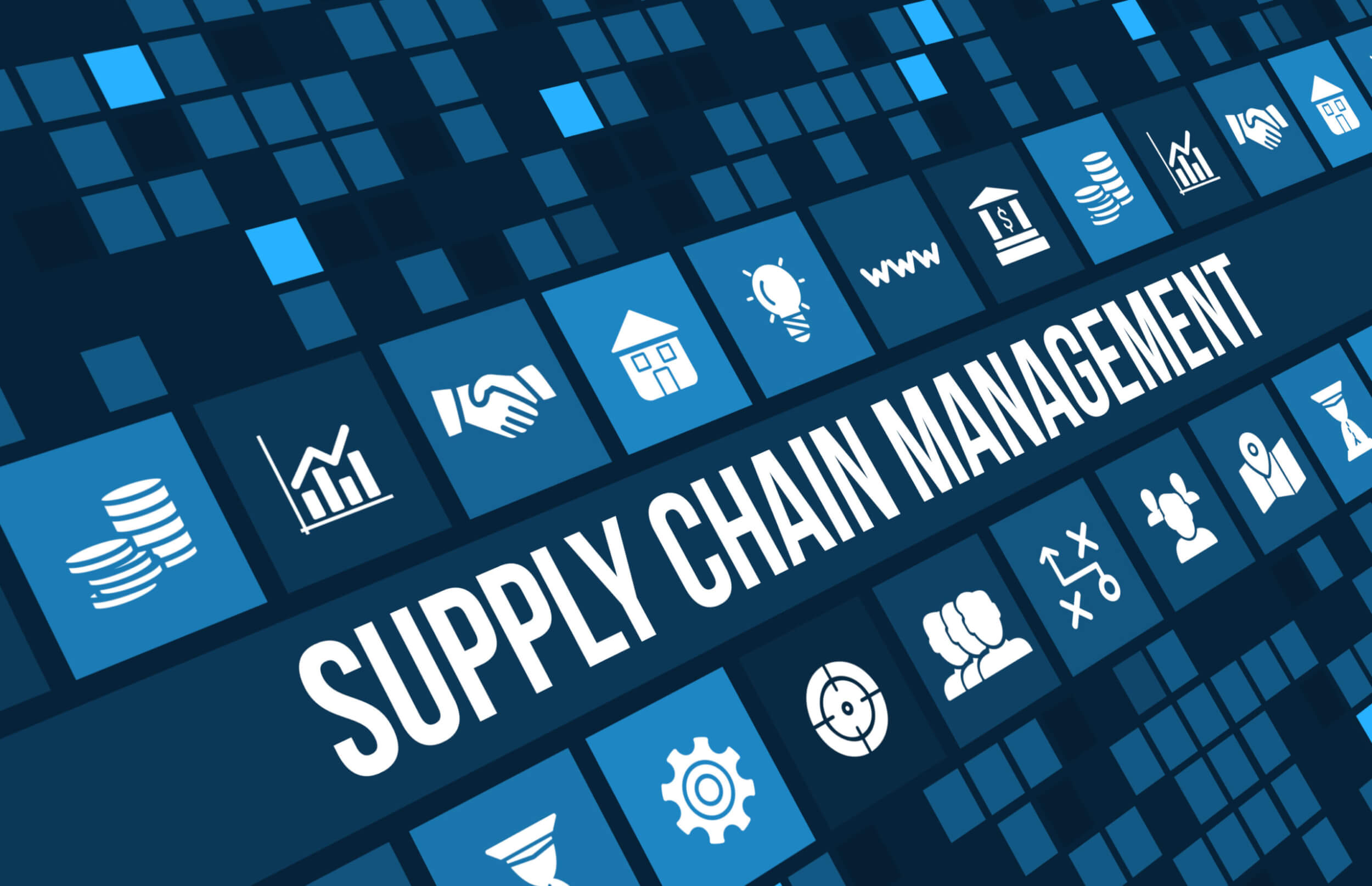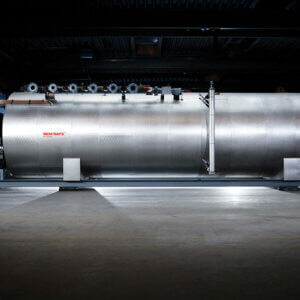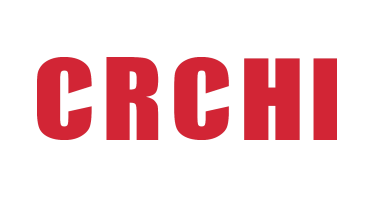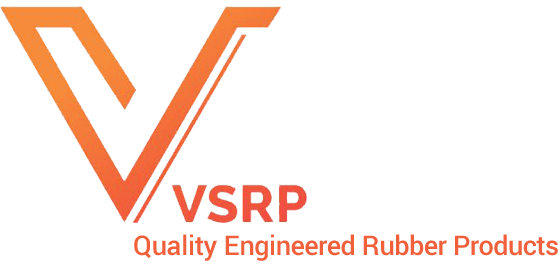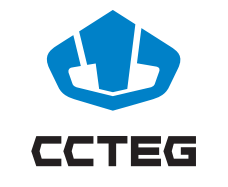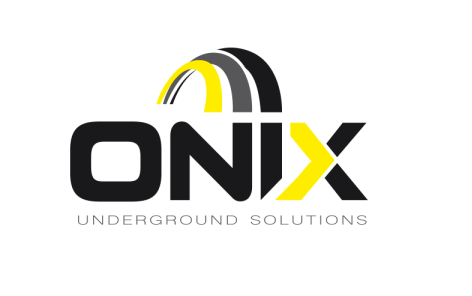In the dynamic realm of supply chain management, effective distribution network design plays a pivotal role in ensuring seamless logistics operations and efficient warehouse management.
Your Attractive Heading
Introduction to Distribution Networks
Distribution networks, integral to logistics and warehouse management, encompass the intricate web of channels and processes that facilitate the movement of goods from manufacturers to end consumers.
Effective distribution network design is imperative for supply chain optimization, driven by data analysis, clear design objectives, and sustainable practices.
Your Attractive Heading
Types of Distribution Networks
- Direct Distribution Network: Involves direct sales to consumers, bypassing intermediaries for swift and cost-effective order fulfillment.
- Indirect Distribution Network: Utilizes wholesalers, distributors, and retailers to expand market reach and enhance customer accessibility.
- Reverse Distribution Network: Addresses product returns and recycling processes, ensuring sustainable disposal practices and efficient resource utilization.
- Hybrid Distribution Network: Combines elements of both direct and indirect distribution channels to capitalize on their respective advantages and optimize operational efficiency.
Your Attractive Heading
Key Factors Analysis
-
Data Analytics: Unleashing Supply Chain Insights
- Analyzing historical sales data to forecast demand and optimize inventory levels.
- Utilizing real-time data analytics to identify market trends and adjust distribution strategies accordingly.
- Implementing predictive analytics to anticipate supply chain disruptions and mitigate risks proactively.
-
Design Objectives:Aligning Strategy with Design
- Setting a design objective to reduce transportation costs by optimizing route planning and consolidating shipments.
- Aligning design objectives with customer service goals, such as reducing delivery lead times or improving order accuracy.
- Establishing a design objective to enhance sustainability by minimizing carbon emissions through efficient distribution network design.
-
Simplicity: Streamlining Logistics Operations
- Simplifying order fulfillment processes by implementing standardized picking and packing procedures across distribution centers.
- Consolidating warehousing facilities to reduce complexity and streamline inventory management.
- Implementing user-friendly software systems to simplify order tracking and inventory management processes.
-
Scalability: Adapting to Market Demands
- Designing distribution centers with modular layouts that can easily accommodate fluctuations in inventory volume.
- Partnering with third-party logistics providers (3PLs) to scale distribution operations in response to seasonal demand peaks.
- Implementing flexible transportation strategies that allow for rapid scaling of delivery capacity as business grows.
-
Inventory Management: Optimizing Stock Levels
- Using demand forecasting models to optimize inventory levels and minimize excess stock.
- Implementing just-in-time (JIT) inventory management practices to reduce carrying costs and improve cash flow.
- Leveraging inventory optimization software to dynamically adjust stock levels based on changing market conditions and demand patterns.
-
Sustainability:Fostering Environmental Responsibility
- Adopting reusable packaging solutions to minimize waste and reduce environmental impact.
- Implementing green transportation initiatives, such as using electric vehicles or optimizing delivery routes to reduce carbon emissions.
- Sourcing materials from sustainable suppliers and promoting ethical sourcing practices throughout the supply chain.
Conclusion:
In conclusion, optimizing supply chain operations requires a holistic approach to distribution network design, incorporating data analysis, clear objectives, simplicity, scalability, inventory management, and sustainability.
By prioritizing these key success factors, businesses can enhance operational efficiency, reduce costs, and achieve sustainable growth in today’s competitive marketplace.
If you have any questions about distribution networks, feel free to consult us. We’re here to help optimize your supply chain operations for success.
